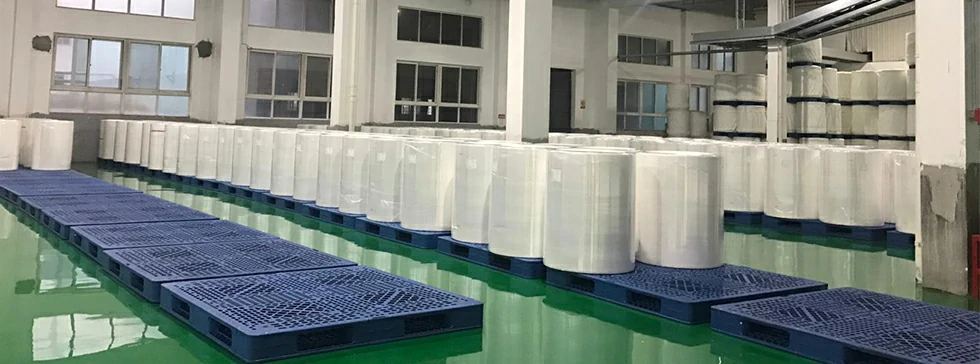Considering ergonomics in the design and production of 100% Polyester Non-woven Fabric for Alcohol Swab Wipes Making is essential to enhance user comfort, safety, and overall efficiency.
Here are key aspects of ergonomics that are typically taken into account:
- Material Selection:
- Choose materials that are lightweight, durable, and comfortable for handling during the manufacturing process.
- Ensure that the material used in the non-woven fabric production does not cause discomfort or irritation to workers.
- Workstation Design:
- Design workstations with adjustable heights to accommodate different operators.
- Provide sufficient space for operators to move comfortably and arrange tools and materials within easy reach.
- Hand Tool Ergonomics:
- Select ergonomically designed hand tools that reduce the risk of strain and fatigue.
- Consider tools with comfortable grips, minimal vibration, and reduced force requirements.
- Machine Controls and Interfaces:
- Design control panels and interfaces with clear labels, intuitive layouts, 100% Polyester Non woven Fabric for Alcohol Swab Wipes Making and easy-to-use buttons.
- Ensure that operators can reach and operate controls without awkward postures or excessive reaching.
- Seating Arrangements:
- If operators spend extended periods at workstations, provide ergonomic seating with proper lumbar support.
- Adjustable chairs allow operators to customize their seating positions for comfort.
- Lighting Conditions:
- Optimize lighting conditions in the workspace to reduce eye strain and ensure clear visibility.
- Position lighting sources to minimize shadows and glare on work surfaces.
- Flooring and Anti-Fatigue Mats:
- Use flooring materials that provide some level of cushioning to reduce the impact on the feet and lower limbs.
- Install anti-fatigue mats in areas where operators stand for extended periods.
- Workflow and Layout:
- Design the production layout to minimize unnecessary movements and walking distances.
- Implement a logical workflow that reduces the need for repetitive or strenuous actions.
- Training Programs:
- Provide training programs for workers to educate them on proper ergonomic practices.
- Include information on lifting techniques, posture, and the importance of taking breaks.
- Temperature and Ventilation:
- Maintain a comfortable working temperature to prevent discomfort due to excessive heat or cold.
- Ensure proper ventilation to promote air circulation and reduce the risk of respiratory issues.
- Noise Reduction:
- Implement measures to reduce noise levels in the production area to protect operators from hearing damage.
- Provide hearing protection if noise levels cannot be adequately controlled.
- Safety Measures:
- Design equipment and workstations with safety features to minimize the risk of accidents and injuries.
- Clearly mark emergency exits and provide easy access to safety equipment.
- User Feedback:
- Seek feedback from operators about their experiences and comfort levels during production.
- Use this feedback to identify areas for improvement and implement ergonomic adjustments.
- Regular Assessments:
- Conduct regular ergonomic assessments of workstations and processes to identify and address potential issues.
- Make adjustments based on feedback and changing requirements.
By incorporating these ergonomic considerations into the design and production processes of 100% Polyester Non-woven Fabric for Alcohol Swab Wipes Making, manufacturers can create a safer and more comfortable working environment for operators, ultimately enhancing productivity and well-being.
